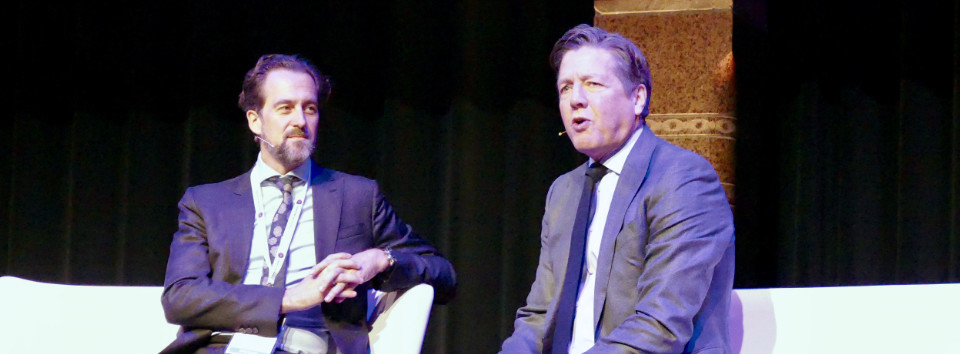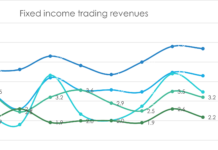
Doing more with less, and frustration with regulatory initiatives are the biggest stories for buy-side firms said Eric Böss, global head of trading at Allianz Global Investors, at the plenary session of the Fixed Income Leaders’ Summit (FILS) in Amsterdam on Wednesday 7 November.
The impact of cost pressure is visible in several ways. First amongst these is the need to scale the trading desk to support the trading ideas of multiple portfolios and funds. Fixed income trading typically creates many opportunities for portfolio managers (PMs), who are seeking to optimise their portfolios, which do not immediately end up being a trade. Consequently traders are given a set of criteria which determine when they might opportunistically acquire an instrument, based on the PM’s instructions.

“That is possible on a one-by-one basis, but if you have a plethora of strategies how can you reflect interest multiple PMs as a result of their portfolio construction?” asked Böss. “There might be an axe which is only there for a couple of minutes and in the current way of communicating, that can be too short an amount of time.”
Investment management firms will have to work hard to automate as much of their processing and communication as possible, he noted. That includes the use of transaction cost analysis (TCA) or best execution analysis (BEA) systems to enable an understanding of the implementation costs of a strategy.
“Taking the conversation with the PMs about whether the idea they are contemplating for their portfolio is actually viable after transaction costs, and making it happen earlier on, is something we are trying to get into a system, and that is pretty difficult,” said Böss.

The second impact is in the need to use new ways to engage the market. Speaking with Böss, Rick McVey, CEO of trading platform operator MarketAxess, said that his firm had seen a compound growth rate of 20% globally, which is closer to 25% growth in Europe.
“We’ve never seen this much investment in automation across dealers and investors,” he said. “On the dealer side it is coming through investment in trading algorithms which are designed to help the dealers be more responsive to their clients especially on small tickets, but also to improve trader efficiency in the dealer side. On the buy-side demand is growing quickly in credit for auto execution.”
The capacity to automate trading on the buy-side was seen even more in the government bond space, Böss observed, where market liquidity was greater and getting simple trades off the desk was a clear advantage to free up trader time.
A barrier to progress was the level of data available to support trading desks, he argued. While the amount of data out there is large, it currently from too many sources, is too expensive, and is not standardised, so traders cannot easily see what is traded when and at what price.
“My main frustration with regulators is that they need to decide to either publish every trade to create more of a lit market, or against that take the counterargument that a large trade [would see greater market impact],” he said. “The regulator has instead tried to get somewhere in the middle, with the RTS 28 reports which are pretty much useless.”
©Markets Media Europe 2025








